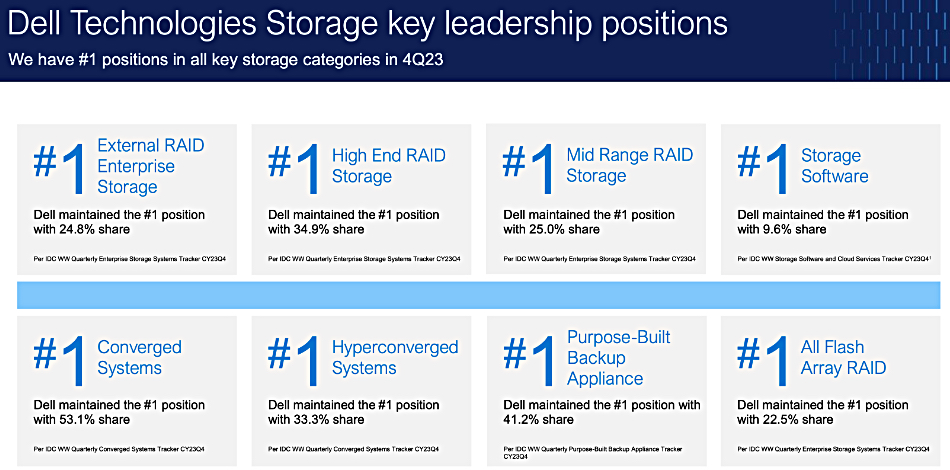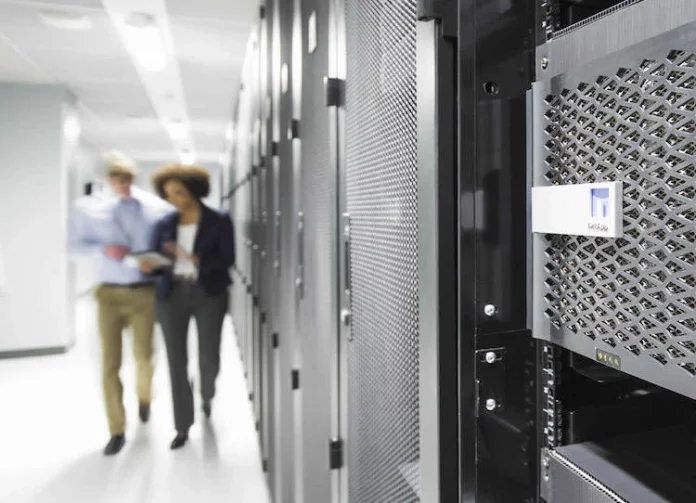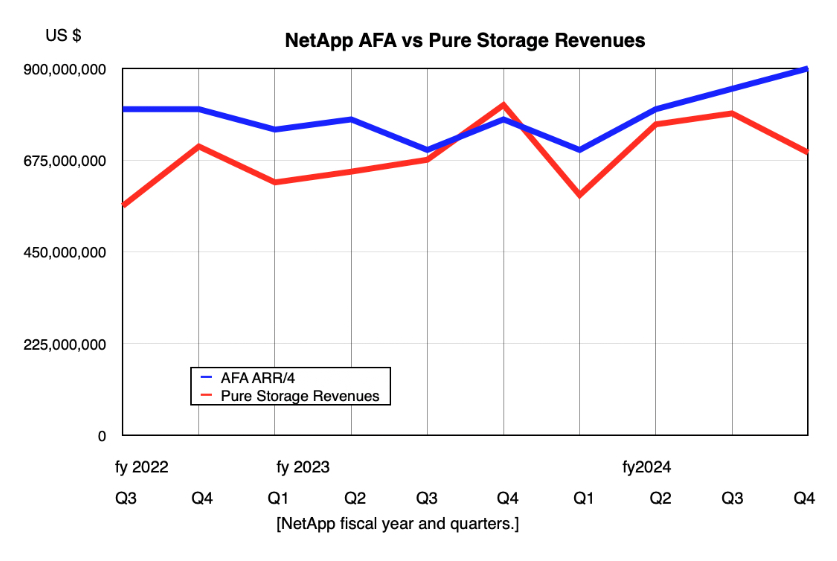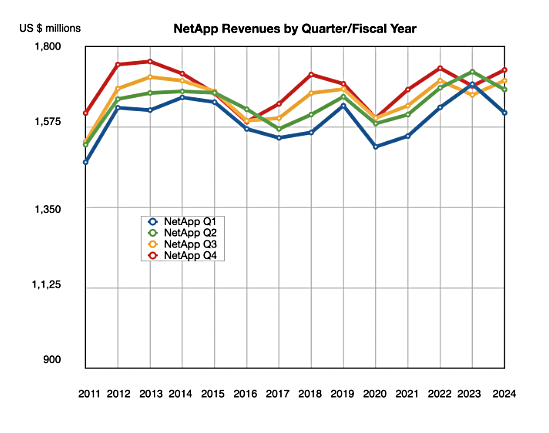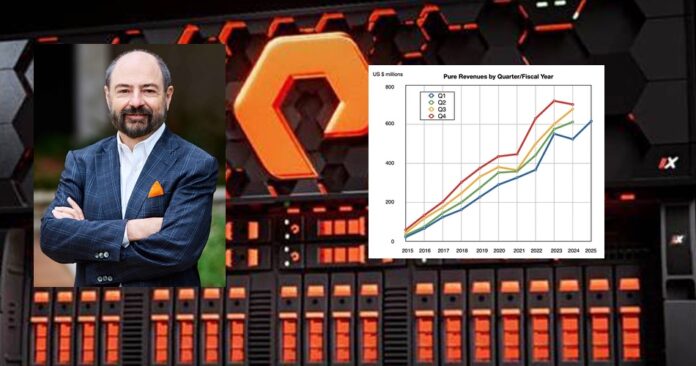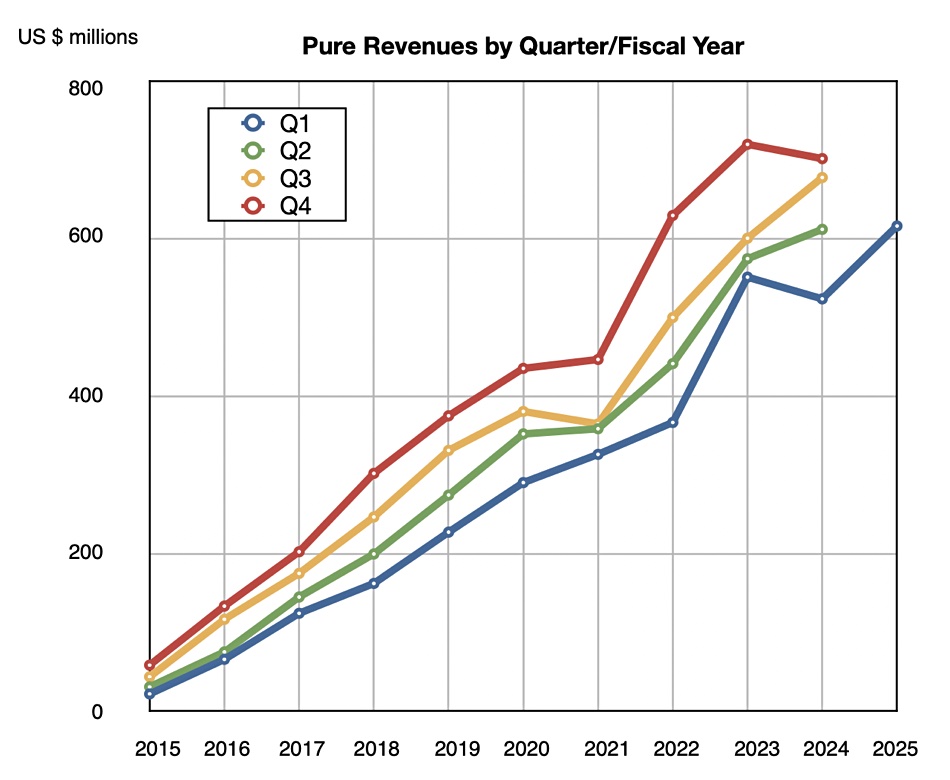Asigra is increasing the number of SaaS apps it protects and has a SaaSAssure platform that allows MSPs to offer data protection.
The Canada-based data protector now has pre-configured integrations to protect customer data in Salesforce, Microsoft 365, Microsoft Exchange, SharePoint, Atlassian’s JIRA and Confluence, Intuit’s Quickbooks Online, Box, OneDrive, and HubSpot, with more coming.

Asigra CEO Eric Simmons said: “SaaS app data protection has become a legal obligation and a crucial aspect of maintaining reputation and financial security.”
We think he might be overstating things here as national regulations over compliance and privacy may well apply with legal force to SaaS app operators but data protection, specifically in the backup sense, generally does not, unless mentioned in compliance regulatory requirements such as GDPR, HIPAA, PCI DSS, etc.
A Microsoft 365 connector bundle covering Exchange, OneDrive, SharePoint and Teams costs $1.30 per user per month. Other business connector apps – ADP, Big Commerce, DocuSign, CRM Dynamics, Epicor, FreshBooks, Freshdesk, HRBamboo, Monday.com, Salesforce, ServiceNow, Slack, QuickBooks, Zendesk, Box, Dropbox – cost $3.00 per user per app per month. OEM and enterprise agreements are available.
Asigra cites BetterClouds’ State of SaaSOps survey to say that SaaS apps will make up 85 percent of all business software in 2025. It claims that, with 67 percent of companies using SaaS apps that can experience data loss due to accidental or malicious deletions, it is imperative that users protect their own information. The SaaS app providers protect their own infrastructure but not customer data.

SaaSAssure is built on AWS and claimed features include:
- Multi-tenant SaaS app coverage featuring data assurance, control, risk and compliance mitigation
- Multi-Person Approvals (MPA), Multi-Factor Authentication (MFA), AES 256-bit encryption, ransomware protection, and more
- Choice of backup targets include Asigra Cloud Storage, Bring Your Own Storage (BYOS), or data sovereignty to a location of their choice
- Quick to set up and easy to use, progressing from start to protection in under five minutes
- Multi-tenant capable single dashboard for required actions and notifications to maximize IT resources
- Pre-configured multi-tenant SaaS App Integrations with the user only required to configure authorizations
Asigra says SaaSAssure is complementary to existing backup solutions, allowing MSP partners to expand their service portfolios and revenues without having to switch from existing backup software partner(s). It also includes Auvik SaaS Management to discover shadow IT and sanctioned SaaS app utilization enterprise-wide.
Competitor HYCU’s R-Cloud SaaS data protection scheme is claimed to cover more than 200 SaaS apps. It can be used direct by enterprises or through an MSP. The Own Company (OwnBackup as was) targets mission-critical SaaS app backup. Druva covers Microsoft 365, G-Suite, Slack, and Salesforce. Asigra is ahead of Druva and OwnBackup in the number of SaaS apps protected but behind HYCU.
SaaSAssure is available for immediate deployment. MSPs can register to receive updates or become a Launch Partner here. Check out a SaaSAssure video here.
















